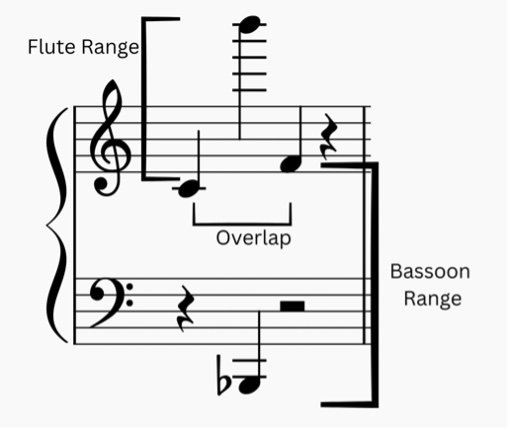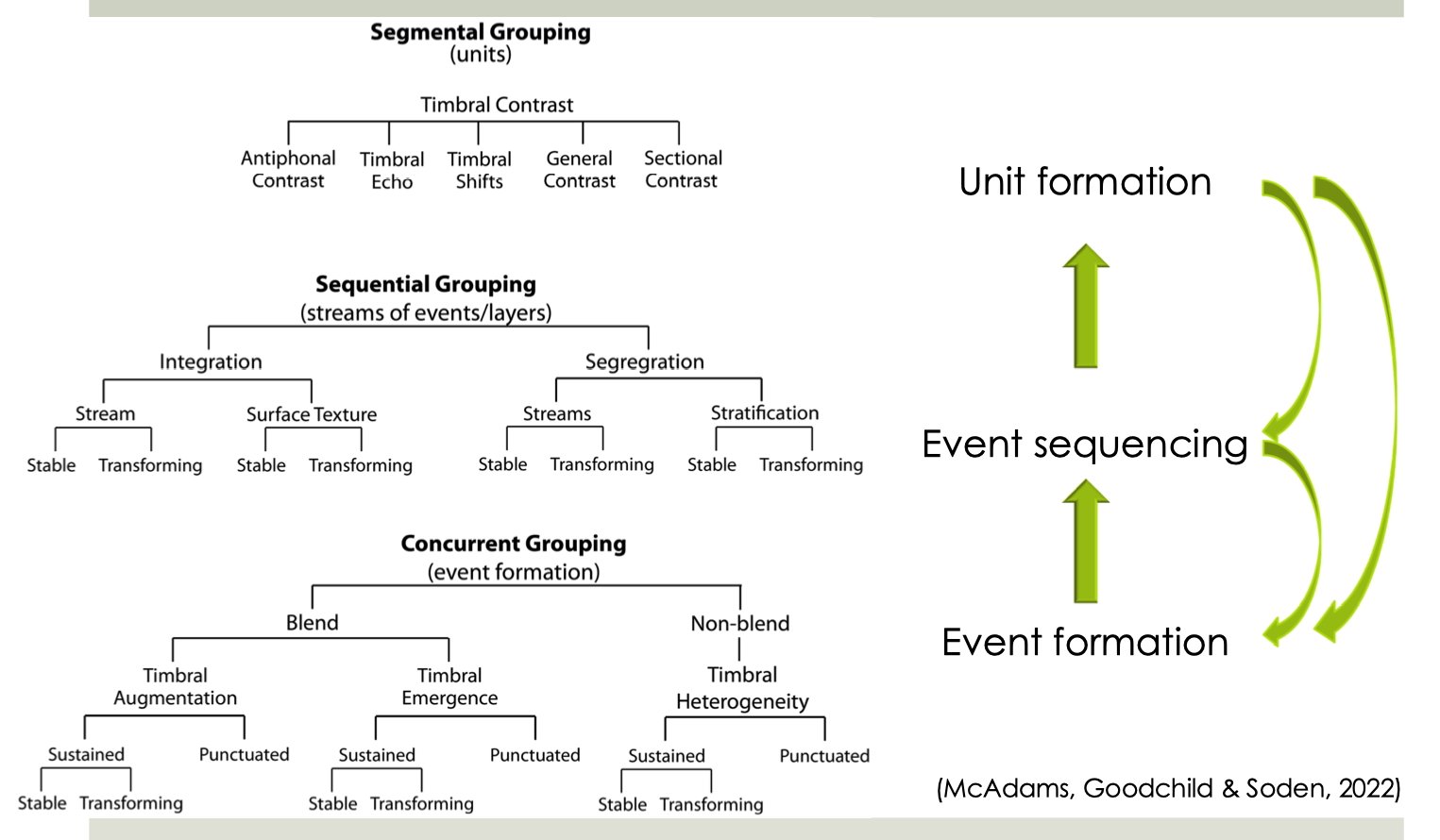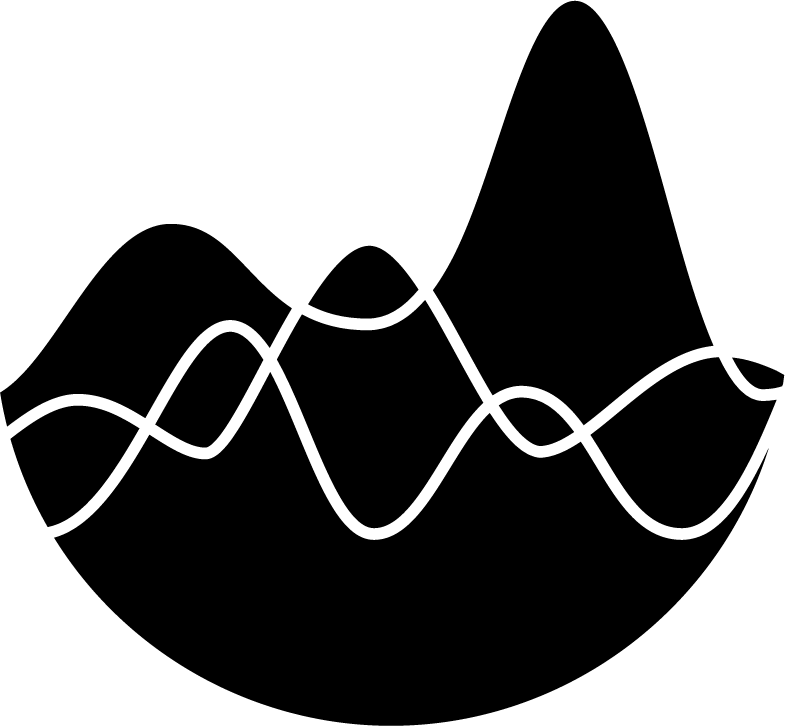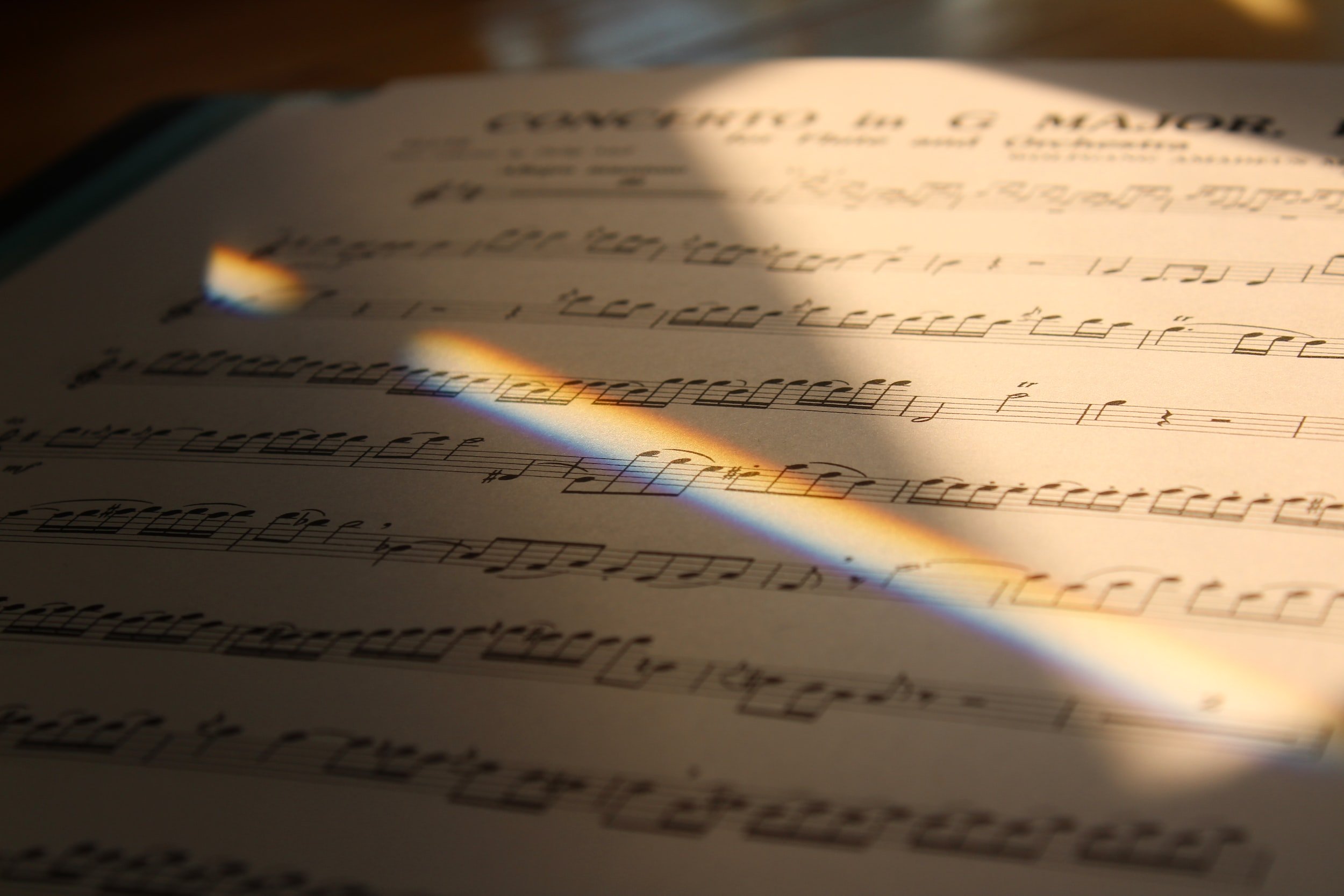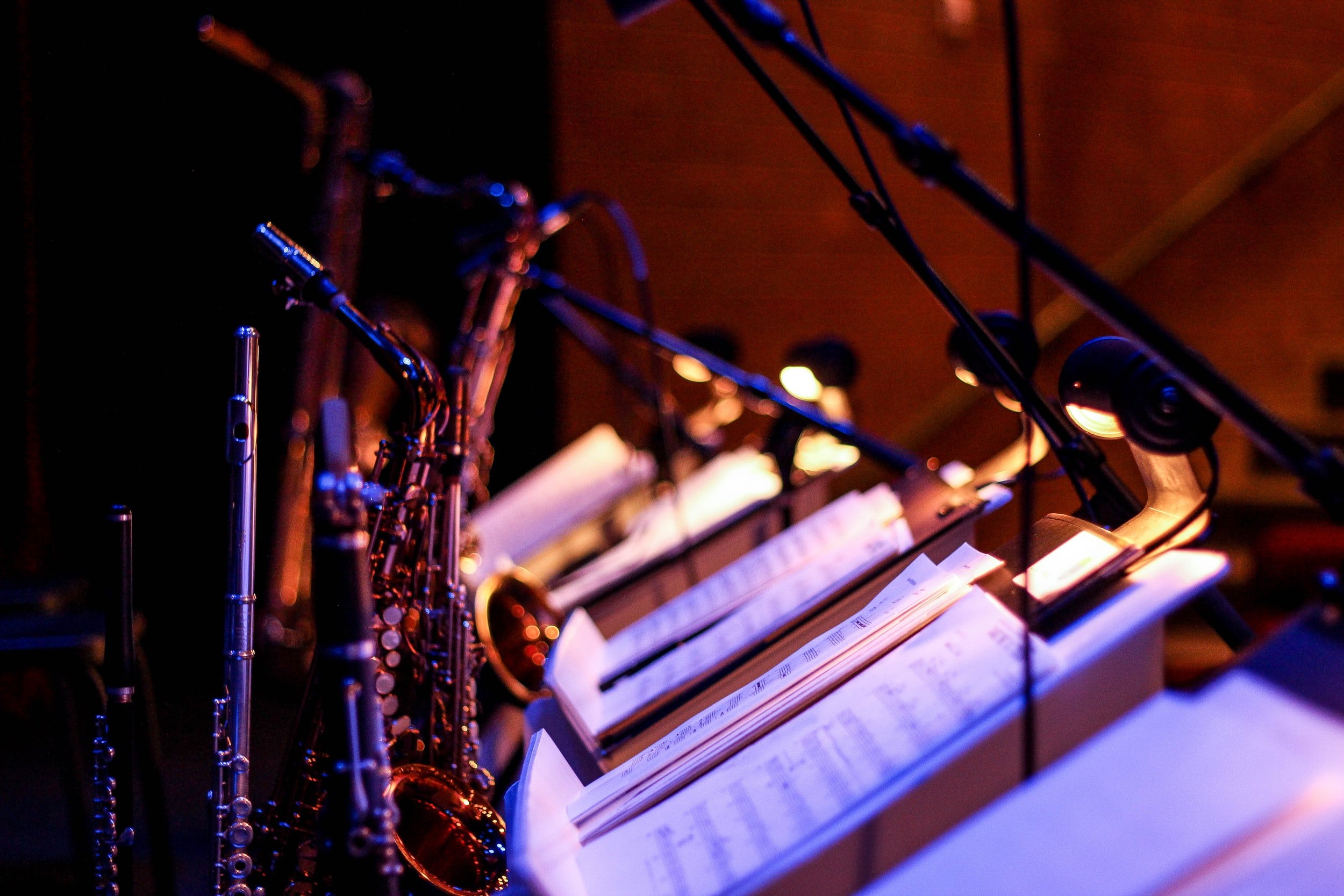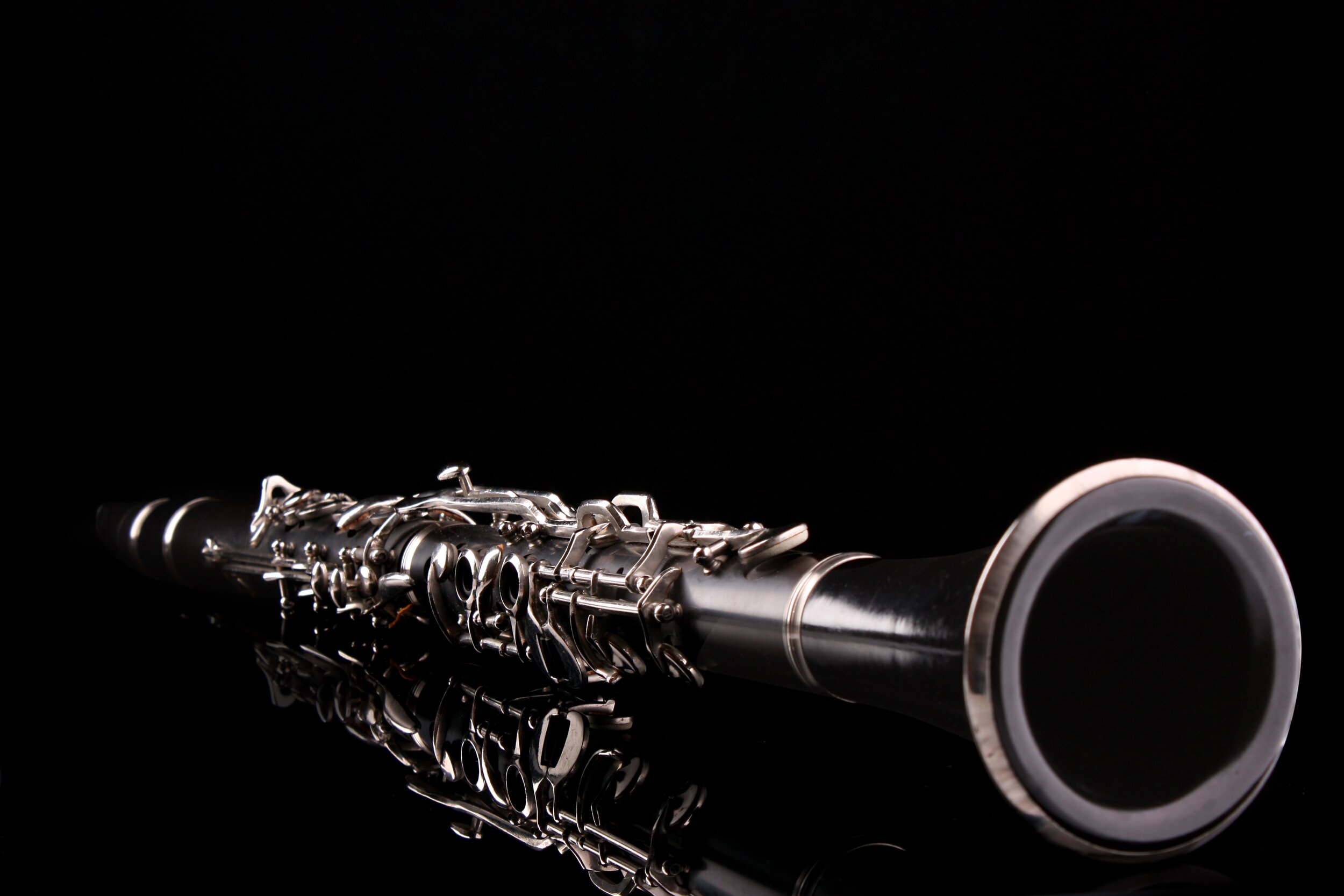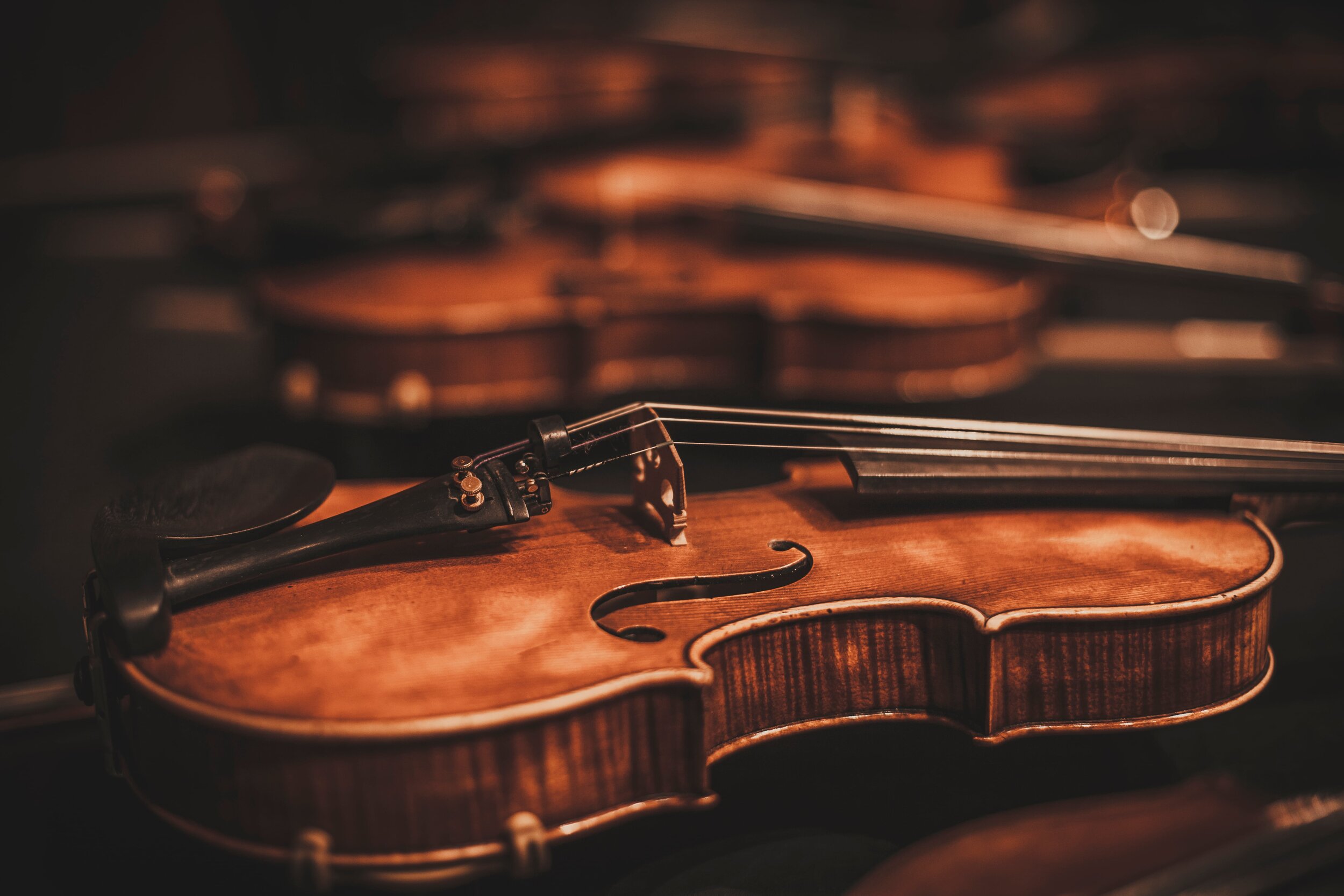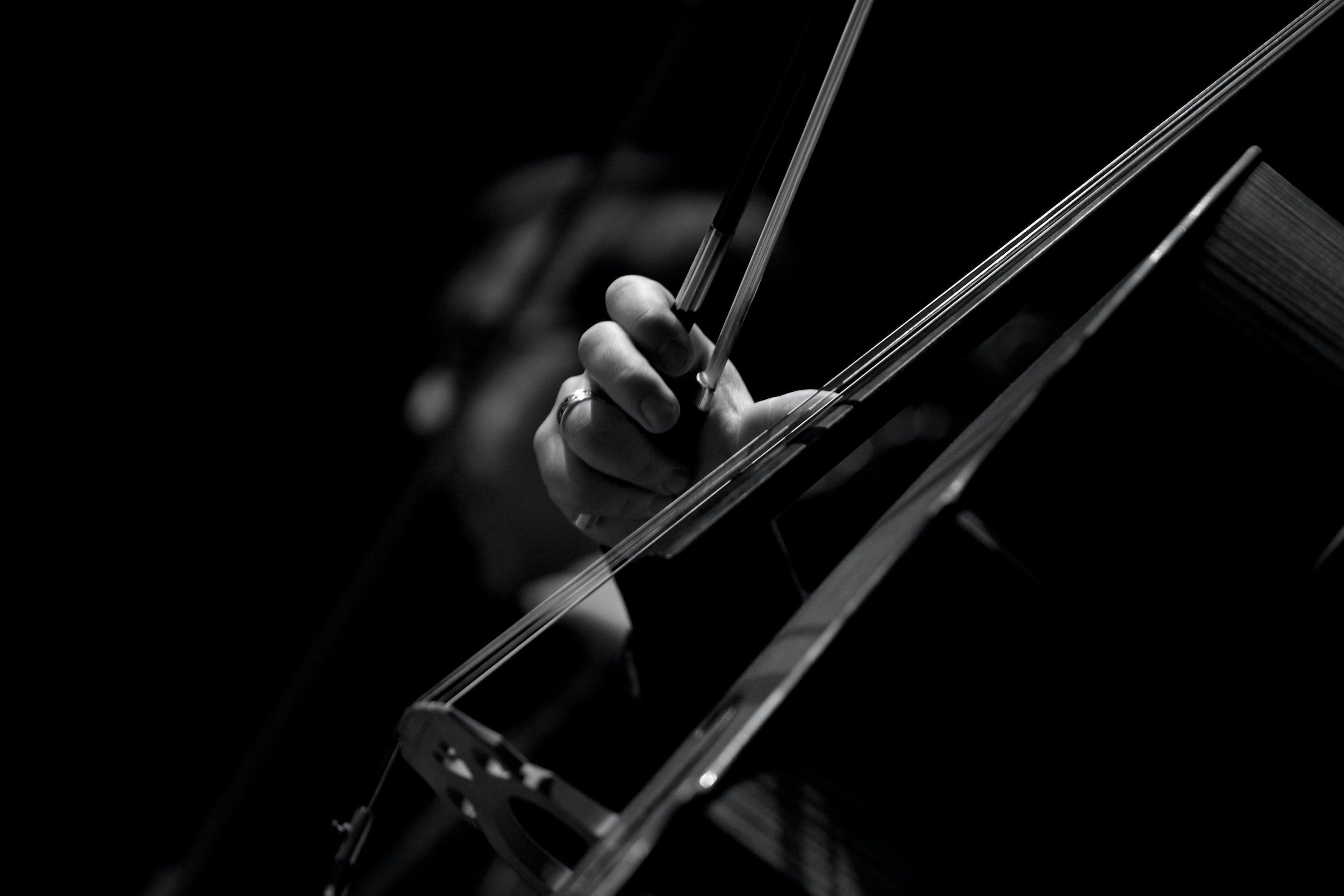
Percussion | Mallet Percussion
Percussion | Mallet Percussion
Percussion | Mallet Percussion
Extreme Orchestration
by Don Freund and David CutlerPublished: February 2024
Though the mallet percussion instruments range widely in material (some are wood instruments, while others are metals) and timbre, they share many common characteristics. All of these instruments are pitched and capable of playing chromatically throughout their given range. They are all set up similarly to a piano in that the pitches that correspond to white keys are pushed forward, with the black keys appropriately placed behind them. Because they may all be played with at least two mallets, it is possible to sound multiple pitches simultaneously. Using four mallets—two in each hand—is becoming an increasingly common technique in solo playing on some instruments, allowing for even denser chords, but should rarely be required in orchestral writing. Frequently switching intervals between two mallets in one hand it is difficult. Adjustments must be made even when playing the same interval but switching between two black keys, two white keys, or a black and white key combination. For isolated chords, some have experimented with three mallets per hand, though this is difficult to control and should only be attempted for solo writing at slow tempos.
Often, mallet percussion is used to accentuate a single pitch or chord. All are capable of doubling a melody or presenting it as a solo (though chimes will have little clarity), adding their own unique color into the mix. A single line pattern will be divided between mallets in the right and left hands, though it is best to leave sticking choices up to the player. While it is possible to play independent melodic patterns in each hand, it is far easier to perform parallel intervals, or a melody with simple accompaniment, than two polyphonic lines. Single-note rolls are possible on all instruments, as are multiple-note tremolos. In the last half century, professional mallet percussionists have reached unprecedented levels of virtuosity.
The xylophone was the first mallet percussion instrument to join the orchestra. With a biting, crisp, vibrant, and penetrating tone, this instrument shines on quick scales, arpeggios, repeated notes, trills, tremolos, and other melodic gestures. Oddly enough, moving passages that utilize only white keys are more difficult to execute than lines that alternate between black and white bars. White key glissandos are easy and typical; black key glisses are awkward and less effective. The xylophone, a favorite of cartoon composers, often has comical connotations.
The lack of sustainability makes this instrument unsuitable for slow, lyrical passages. Rolling a pitch creates a sustained effect, and xylophonists will occasionally roll notes of moderate to long duration even if it is not marked in the score. To avoid any interpretive queries clarify with a comment such as “do not roll unless indicated.” Xylophones are often asked to double high violin or flute lines, but beware— this instrument does not blend well at softer dynamics with harder mallets.
Instrument Studies for Eyes and Ears (ISFEE) | Mallet Percussion
The marimba is darker, mellower, and softer than xylophone. Easily covered up in all but the most transparent textures, it adds a beautiful color to when doubling strings, woodwinds, or muted brass. Relatively soft mallets are required, as harder ones can damage the bars. For this reason, it is usually not possible to switch between marimba and xylophone without changing mallets. Though marimbas are not as common in orchestral settings as other mallet percussion, they have become the shining star of solo mallet percussion instruments.
Marimbas encompass a wide range, and parts may be written on a single or grand staff. The low register is particularly beautiful and haunting, while the upper register begins to sound more xylophone-like with the appropriate mallets. Four-mallet technique has developed more on marimba than on any other instrument, though it is certainly not the norm for orchestral writing. Wide, arpeggiated chords and tremolos containing up to four notes are common.
Instrument Studies for Eyes and Ears (ISFEE) | Marimba
The vibraphone first came to prominence in jazz groups, and many great jazz soloists have forwarded the cause of this instrument. The vibraphone is ideal for doubling mid-range instruments or presenting solo lines. Any of the techniques possible on xylophone and marimba are also viable on vibraphone, but it differs from these instruments in several significant ways:
The bars are made of metal instead of wood, producing a unique timbre.
A sustain pedal is operated by the foot, comparable to piano, and should be notated similarly. “l.v.” (let vibrate) and open ties also indicate that the sustain pedal should remain depressed. Without pedal indications, players will apply it as they see necessary.
Vibraphones have motors. With the “motor on,” an effect resembling vibrato (actually amplitude tremolo) is created, canceled out with “motor off.” A rotating knob allows the speed of the motor to be controlled.
Caution! Unfortunately, the motor is broken on a substantial percentage of vibraphones (specifically those owned by pre-college ensembles), so this effect is often not available.
In order to stop some pitches from ringing while the pedal is down it is possible to use fingertips or mallets to damp them. Dead sticking, where the mallet remains firmly pressed against the bar after striking it, instead of rebounding, is possible. This is notated by marking an ‘x’ over the stem, and requires additional instructions
The edge of vibraphone bars may be bowed (arco). When combined with depressed pedal, this sound is hollow and spooky, crescendoing naturally as the bar is set into vibration. Bowed pitches may not be played in quick succession, and switching from white to black keys, or vice versa, takes even longer, since the bow must be moved to the opposite side of the instrument. It is possible to use a separate bow in each hand to help facilitate such passages, but a better solution would be to have two players with bows, one bowing white keys, the other bowing black ones.
Instrument Studies for Eyes and Ears (ISFEE) | Vibraphone
The glockenspiel and crotales have much in common. They both encompass roughly the same range, stretching high in the stratosphere, and can have piercing tones. When used sparingly these instruments can sparkle over the orchestra, ideal for doubling flutes, violins, and other high instruments, but their brilliance quickly wears thin when overused. Passages that compliment glockenspiel with crotales can be very effective.
The glockenspiel, also called orchestral bells, consists of metal bars in a keyboard-like formation, mounted to a frame. It is usually played with two mallets, though three or four are technically possible. Because of its range and distinct timbre, glockenspiel can carry over an entire orchestra. Since the tones sustain for so long, passages often become blurred, following the instrument’s decisive attack.
Crotales, also known as antique cymbals, are tiny, mounted cymbals, ranging from three to five inches in width. Though the range encompasses two octaves, individual sets consist of only one octave, so it is necessary to be certain that an organization has both sets if writing throughout the entire range. The upper octave is more common than the lower one. Crotales, which produce a quite unique rounded “ping,” are less piercing than the glockenspiel. Their very slow decay often makes regular finger damping necessary. All techniques possible on glockenspiel are also feasible on crotales. In addition, crotales can be bowed. The resultant sound resembles a very high bowed vibraphone mixed with string harmonics. Another interesting sound is achieved by damping a pitch with one hand soon after it is struck with the other.
Almglocken are tuned Swiss cowbells arranged like a keyboard. Like crotales, they come in chromatic octave sets; usually only one or two octaves should be required, and most organizations need to rent these. Almglocken combine a clunky, articulated attack with a short, sustaining ring. Although these colorful metals are always used as pitched instruments, it is extremely difficult to find an entire set that is precisely in tune. Even if such a set were located, the intonation can quickly fade with repeated wear and tear.
The sound that emanates from orchestral chimes, also called tubular bells, closely resembles the color of church bells and the chimes on a grandfather clock. Orchestrationally, they are often used to recall these sounds. Two rows of extended, brass tubes of varying lengths are suspended from a frame in a keyboard format. Though chimes are always scored as pitched percussion, their tone is loaded with overtones, and it is sometimes difficult to make out the fundamental. Chimes have a foot sustain pedal, similar to the piano, to help control the duration. When the pedal is depressed and several pitches are played, the sound becomes quite blurry. Chimes are often used to double individual, sustained tones, either rolled or unrolled, but because of their “out of tune” quality and general lack of clarity, they are not common choices for doubling quick moving lines. A “white key” glissando, usually produced by rapidly scraping a hard plastic chime hammer across the top of the front row of chimes, produces a spectacular effect.

